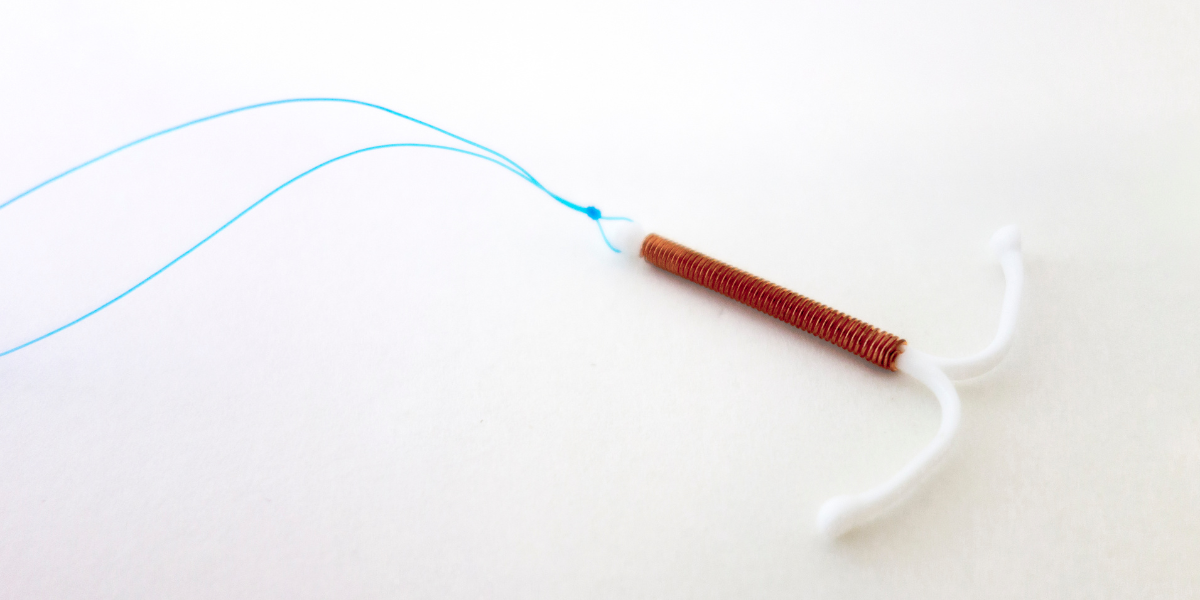For many reasons, women may experience abnormal menstrual cycles. The causes may be of “organic” pathology, such as benign growths like uterine fibroids or polyps. Or there may be hormonal influences that lead to irregular or unscheduled bleeding. For my patients with concerns pertaining to their menstrual cycle, it is important to identify what is actually “abnormal”. A patient who has nearly daily spotting may have a different cause than say a patient whose cycle is regular, but associated with extremely heavy bleeding. Once the problem is identified, treatments will be different as well.
When a patient has concerns regarding her cycles, it is important to discuss the nature of her cycles. I have a questionnaire I provide to patients that allows me to focus on particular characteristics of the bleeding. A pelvic exam is then performed. In very rare cases, I defer this if the patient is a teen or unable to allow a pelvic exam and if the etiology is clear.
Typically, I order a trans-vaginal ultrasound with saline-infused sono-hystogram, abbreviated as TVUS/SIS. This is a pelvic ultrasound performed by my ultrasound tech. She will evaluate your pelvic organs, including ovaries, tubes and uterus. She will be looking at the pelvic anatomy for things that may cause abnormal bleeding as well as any abnormalities that may be present. These includes ovarian cysts, para-tubal cysts, and uterine fibroids. She will measure the size of your ovaries and uterus and comment on the cervical length as well.
After the pelvic ultrasound, a patient is then ready for the saline-infusion sonohystogram or SIS. From the patient’s perspective, this is similar to a pap smear: a speculum is placed in the vagina and the cervix is visualized. The cervix is cleansed with betadine. A very thin catheter is placed through the cervix and into the uterine cavity. At this time, the speculum is removed, and uterine cavity is infused with sterile saline via a syringe attached to the catheter. The fluid distends the uterus, allowing any potential intrauterine abnormalities to be seen. This may include fibroids underlying the uterine lining, or polyps which tend to be benign growths of the uterine lining.
One further procedure I perform is the endometrial biopsy. I generally perform this several days after the ultrasound. It too, is similar to a pap smear in that a speculum is placed and the cervix is visualized. I then place a flexible catheter through the cervix and into the uterus. This catheter has a smaller catheter inserted inside that when slowly pulled back, creates a small suction and allows for small amount of tissue to be removed from the uterine cavity. This tissue sample is sent to a pathologist.
After these two procedures, I usually have a patient return to the office to evaluate options available to the patient depending on the etiology for their bleeding concerns. A patient who has a uterine fibroid requires different treatments than a patient who has a hormonal cause. Other patients may have medical conditions precluding certain therapies. It is at this visit appropriate therapeutic options can be discussed and implemented.



